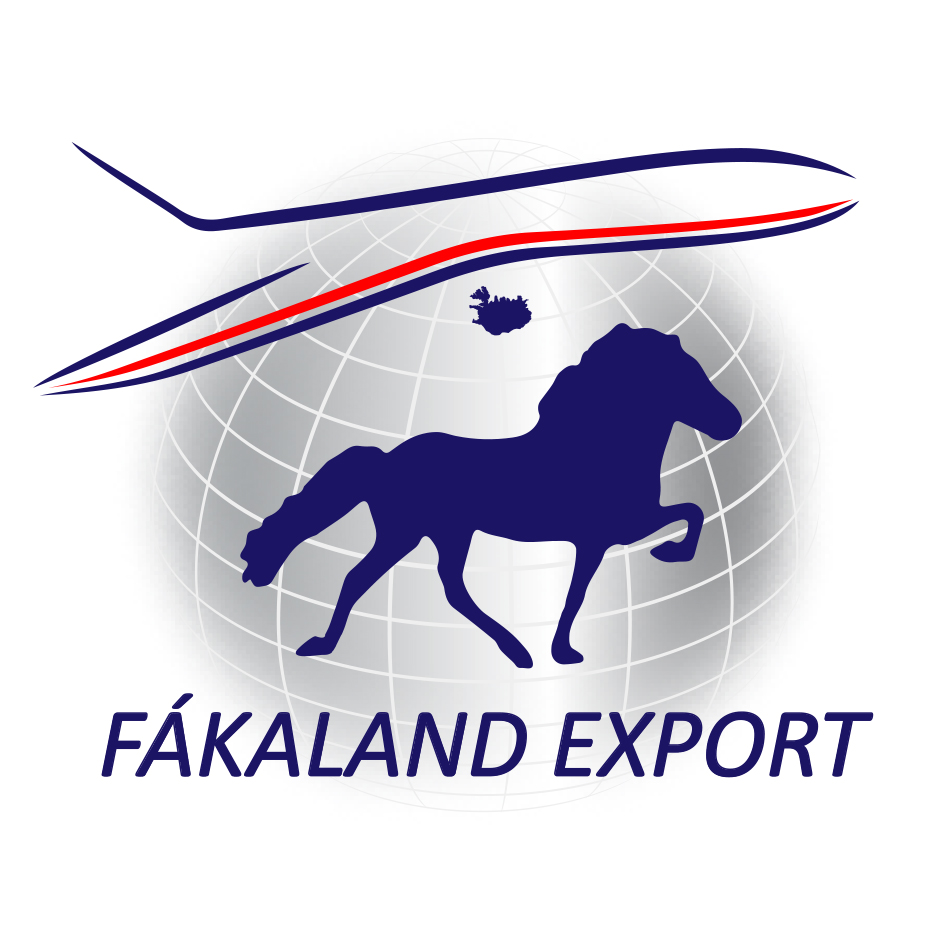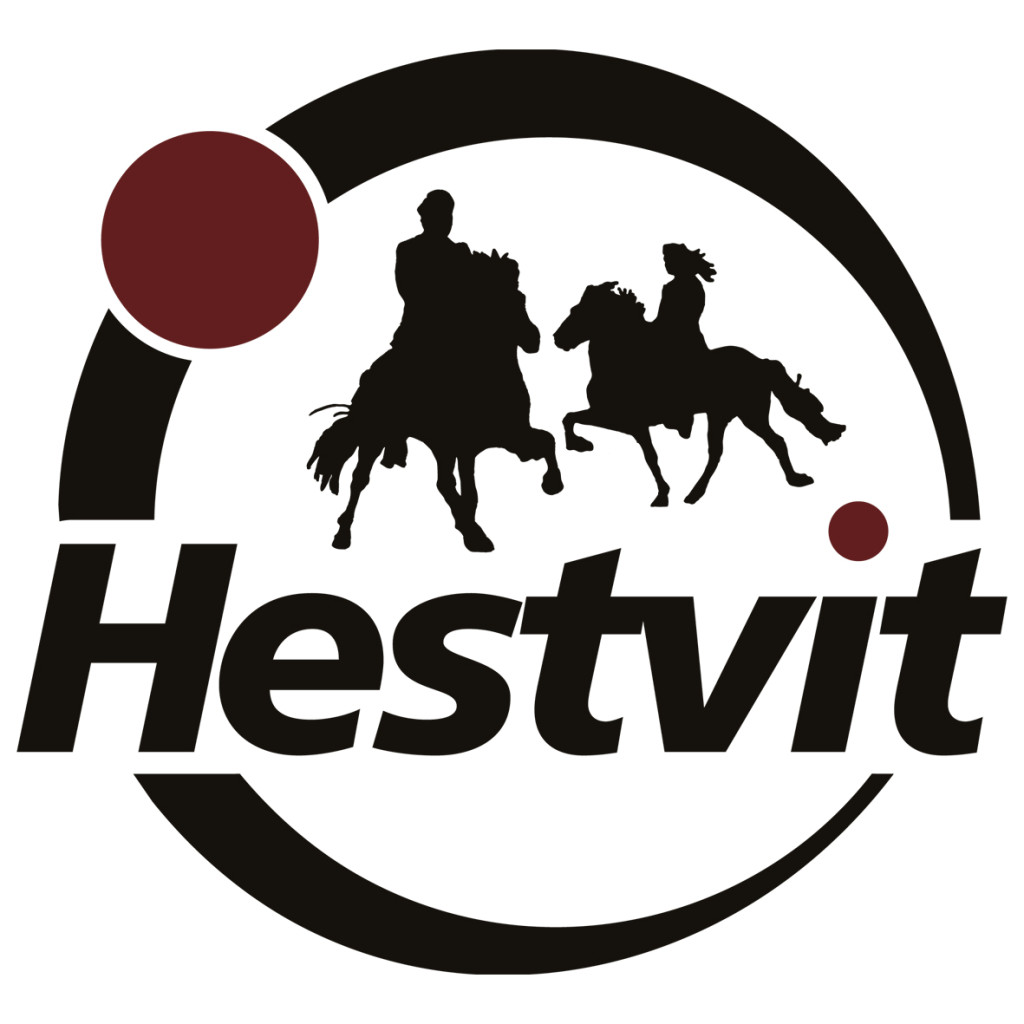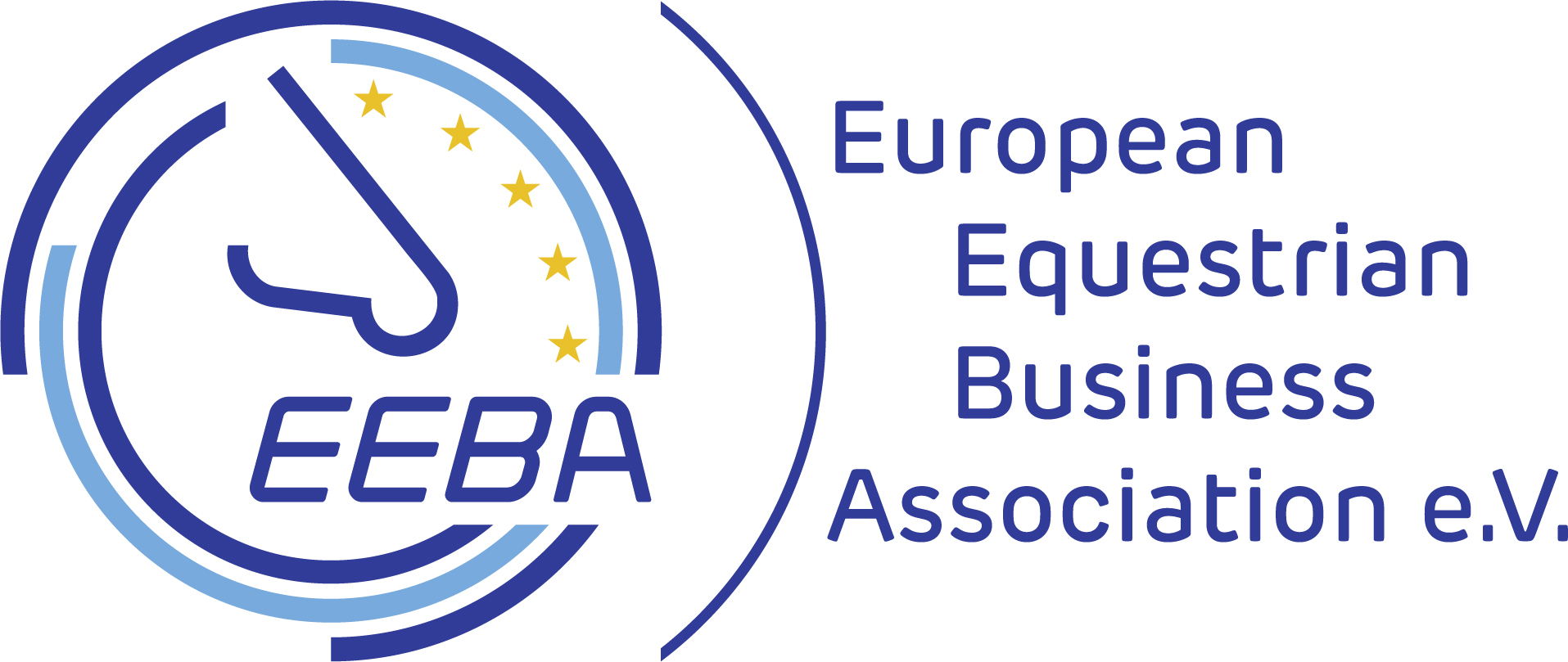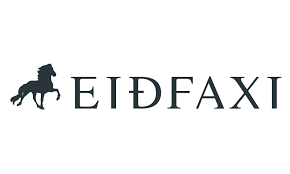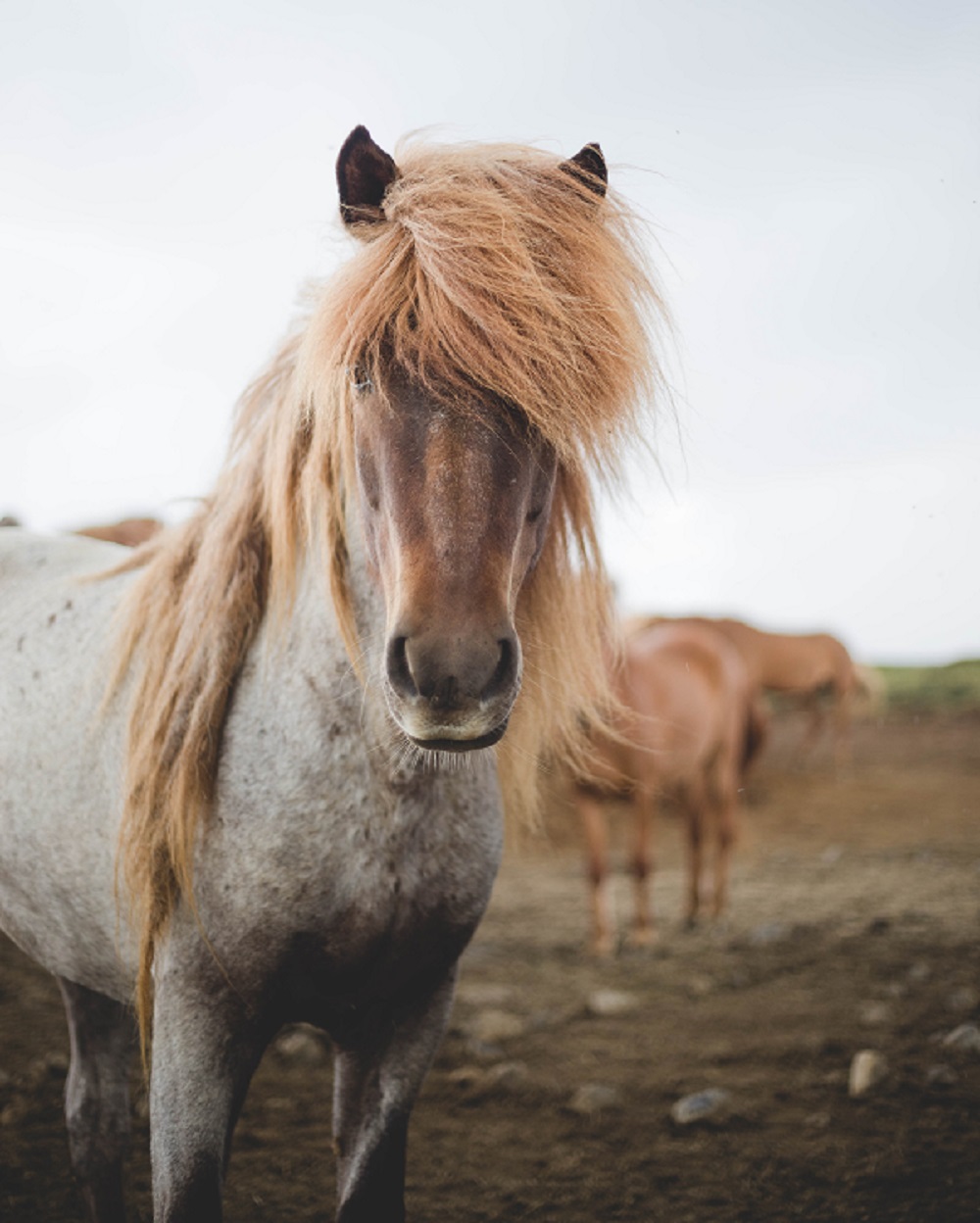
There was something strange about this horse. It appeared chestnut at first sight but its coat was splashed with white. Perhaps it had been chestnut as a foal but was gradually greying. “What colour does this horse have?” asked photographer Gunnar Freyr Gunnarsson. He was as puzzled as me. We were about to embark on a journey into the highlands with Riding Iceland from the farm Kaldbakur in Hrunamannahreppur in South Iceland. We had arrived there before the organisers and were checking out the herd which would be accompanying us. The it hit me. “Could it be a colour-changer?” I take an interest in horse colours but had never seen a roan horse before. Shortly afterwards Guðmundur Hólm Kárason from Riding Iceland confirmed my suspicion. “Yes, it’s a colour-changer. This is Glanni frá Kaldbak.”
Among the pioneering Icelandic horse breeders who wanted to preserve the roan gene was Ásgeir Gestsson, farmer at Kaldbakur. “I was interested in horse colours and the way they’re inherited,” says Ásgeir, who had now retired from horse breeding. “I had a chestnut roan blazed stallion and felt some need to breed colour-changing horses.” Unfortunately, not much came out of Ásgeir’s breeding experiments. However, he still owns a roan mare which is having foals so perhaps the Kaldbakur colour-changing gene will live on.
Roans have a white undercoat, while the outercoat is coloured. When the horses shed their outercoat, the white undercoat appears, first as splashes of white and then completely white – apart from the head and legs. When the hairs of the outercoat start growing again, the horse’s body gradually darkens. The colour-changing gene can come with any other colour. In an article from Bændablaðið agriculture newspaper in 2015 it was stated that in 1995 there were only about 50 fertile roan horses in Iceland. Due to the efforts of Icelandic horse colour enthusiasts, their number increased steadily. Twenty years later it was estimated that there were about 250 fertile roan mares in Iceland and 20 stallions. Roan horses have been popular for export. According to WorldFengur – the genealogy database for Icelandic horses – of the approximately 1,400 Icelandic roan horses that existed in the world in 2015, 520 were in Iceland.
Gunnar and I followed Glanni during the highland horse trip. The loose horses which ran with us had many different colours but Glanni, with its white-splashed body and full chestnut mane, stood out. Gunnar repeatedly tried to take a good photo of Glanni, but it shied away. Eventually, he succeeded. Roan exists in other breeds but remains rare among Icelandic horses. Perhaps foreign interest in colour changes will encourage the preservation of this special gene in the Icelandic horse breed.
By Eygló Svala Arnarsdóttir. Photo by Gunnar Freyr Gunnarsson.

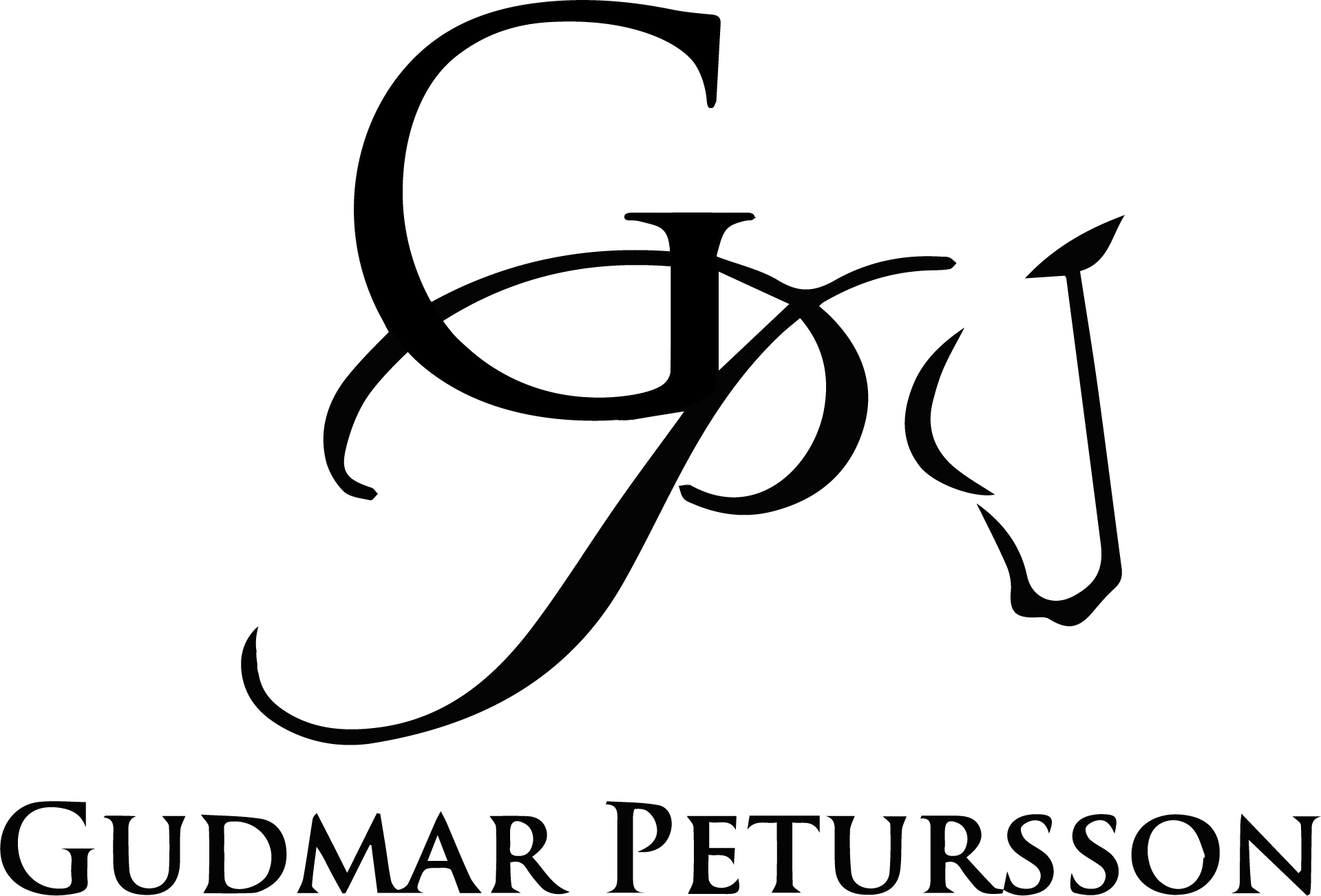
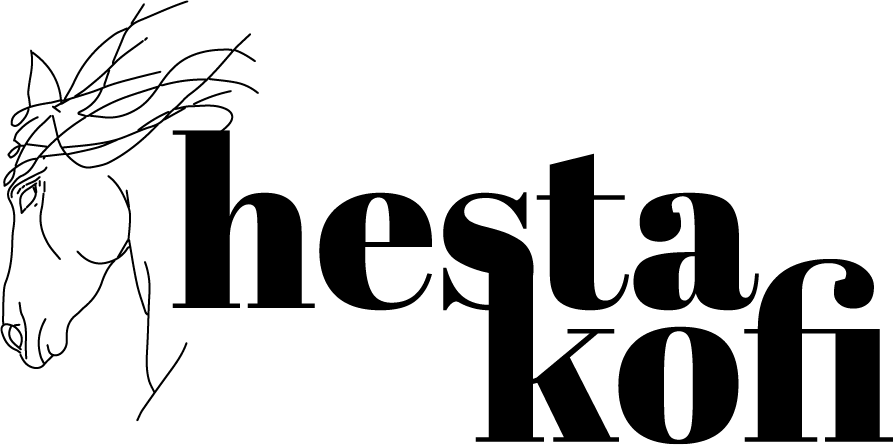
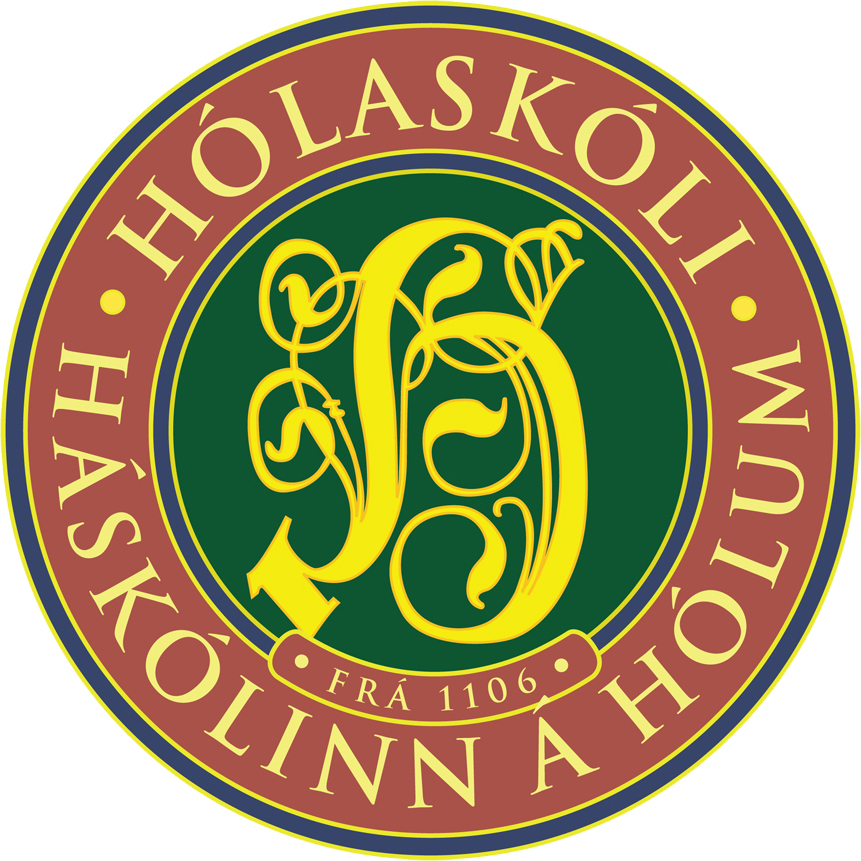



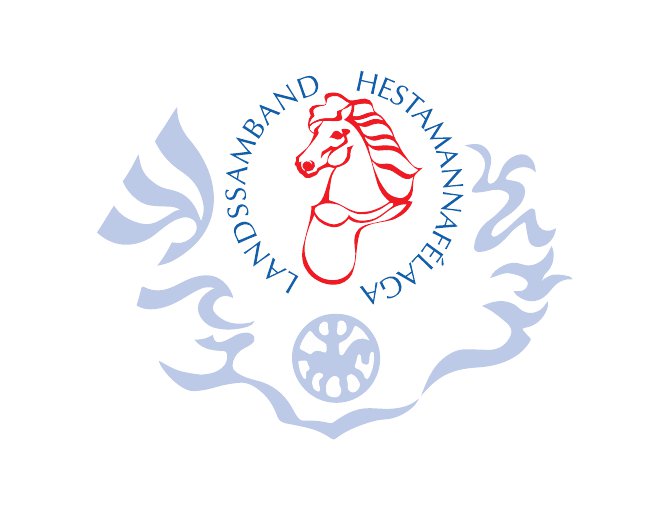

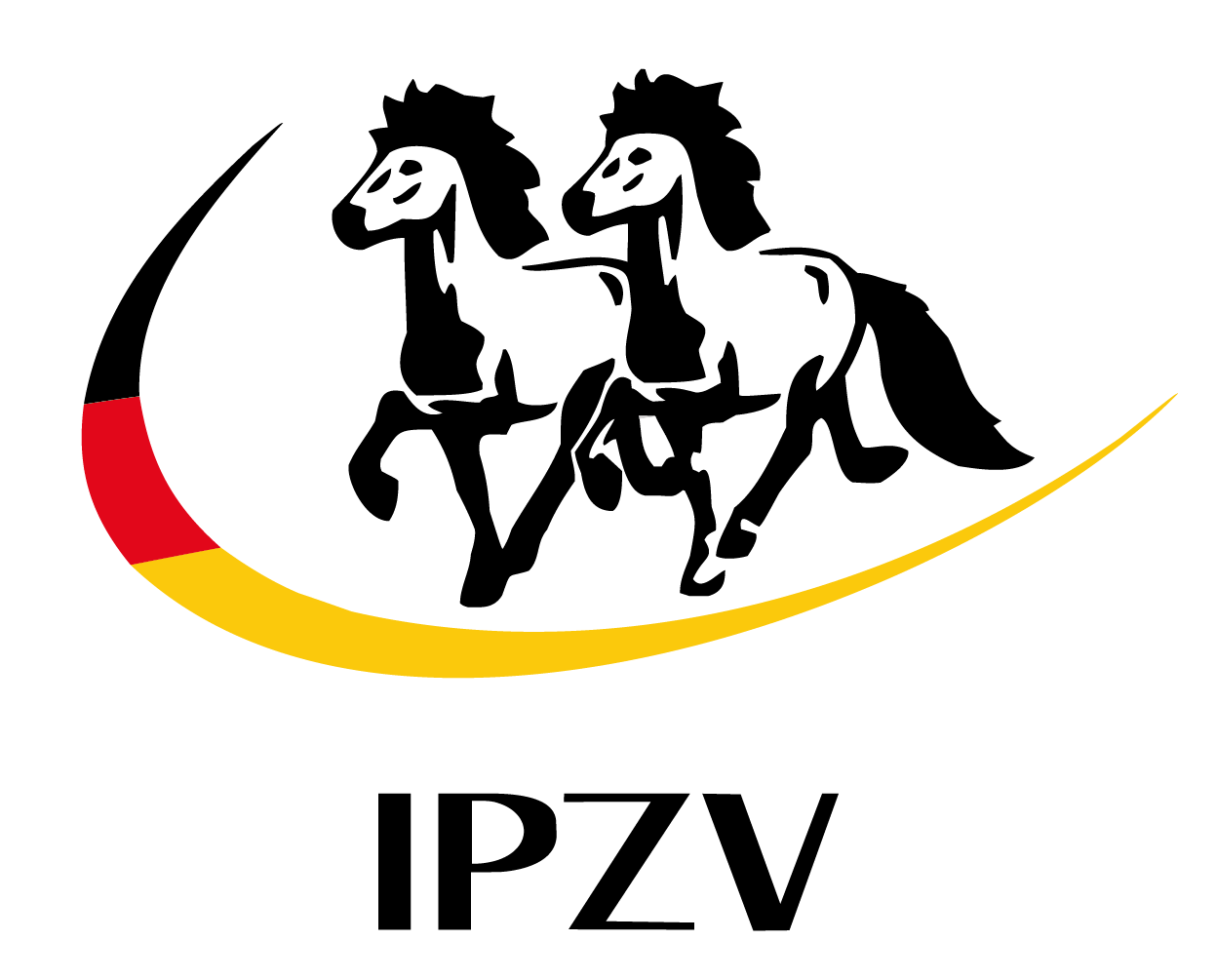

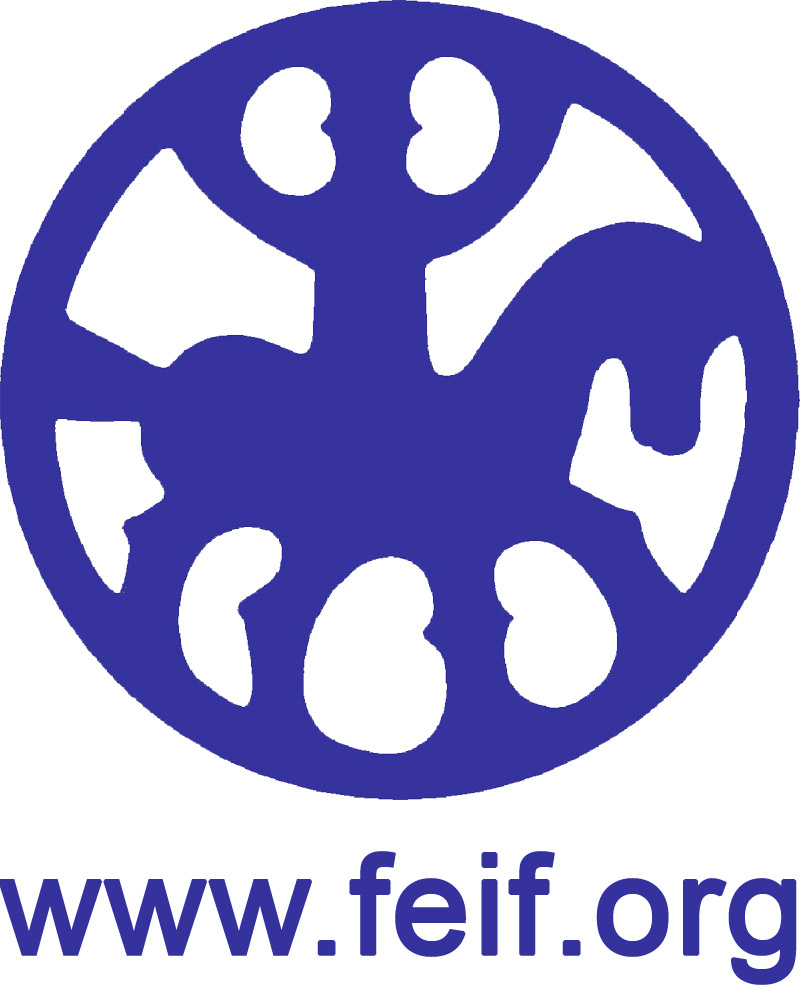
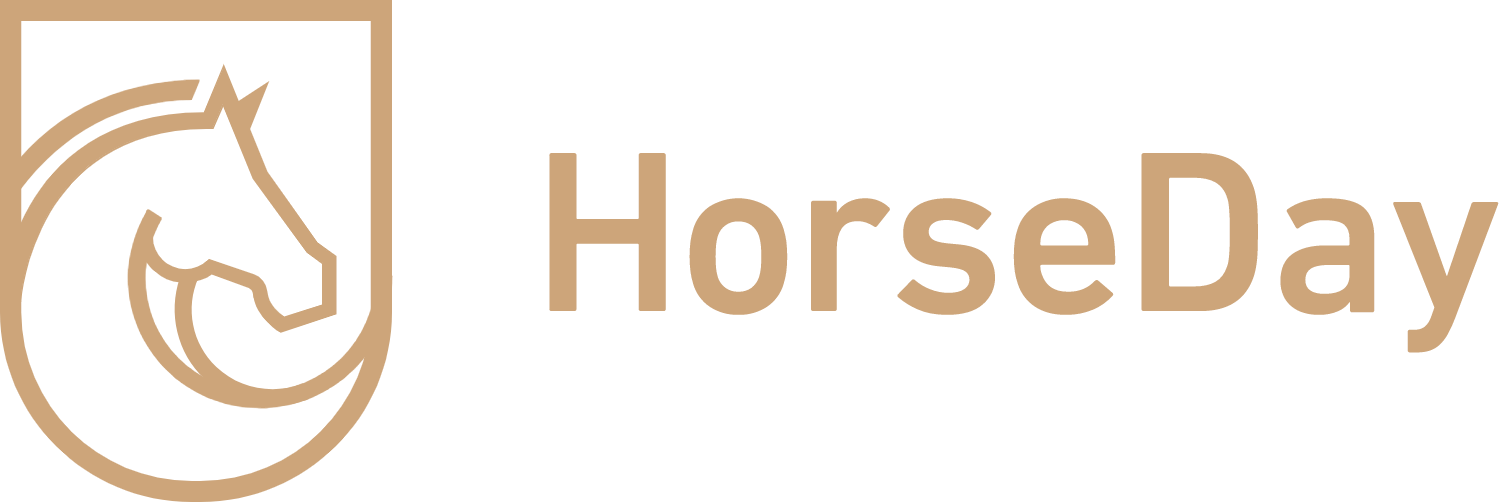
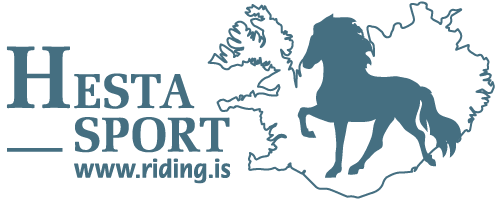

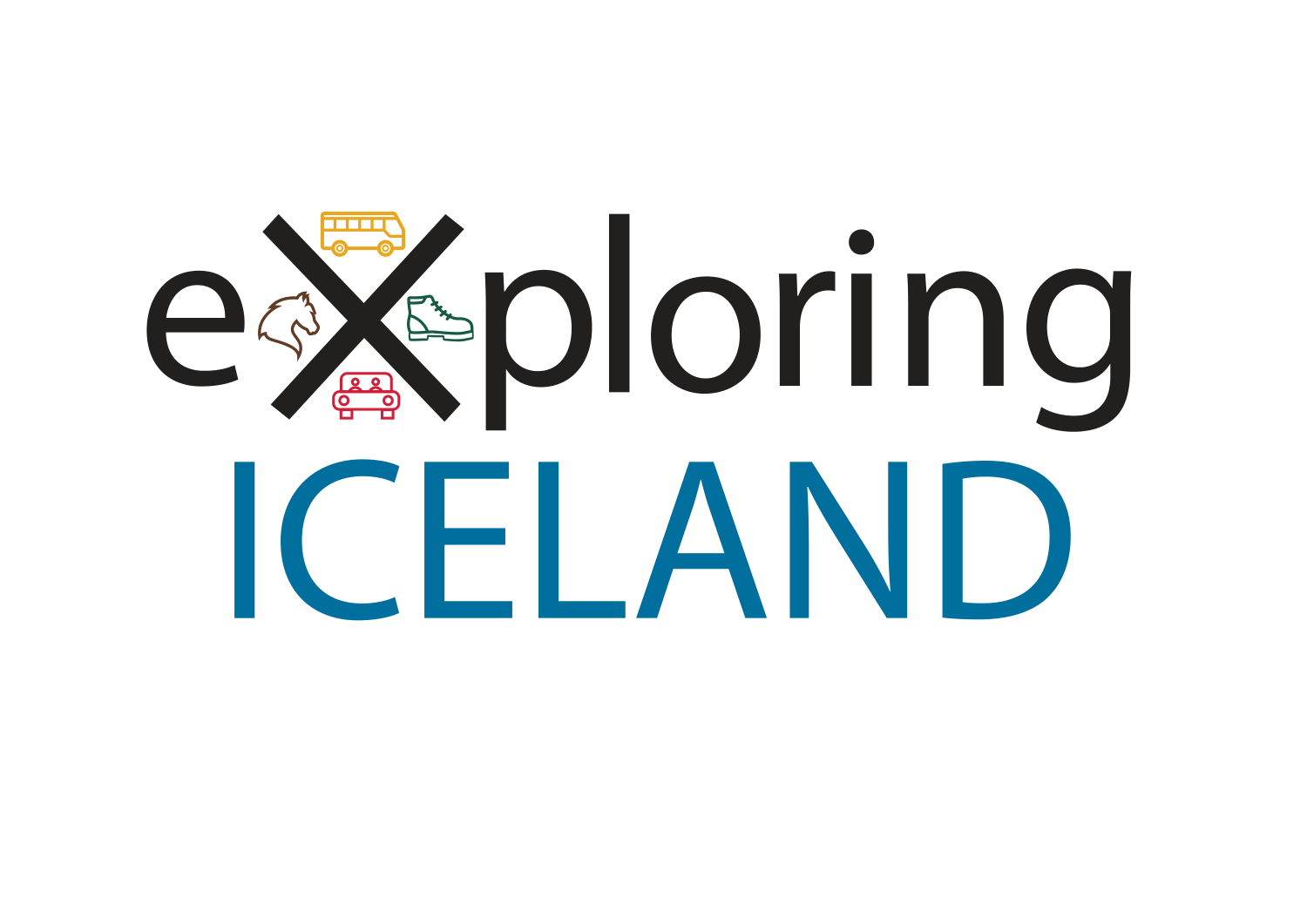
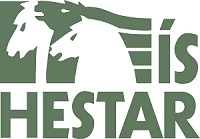
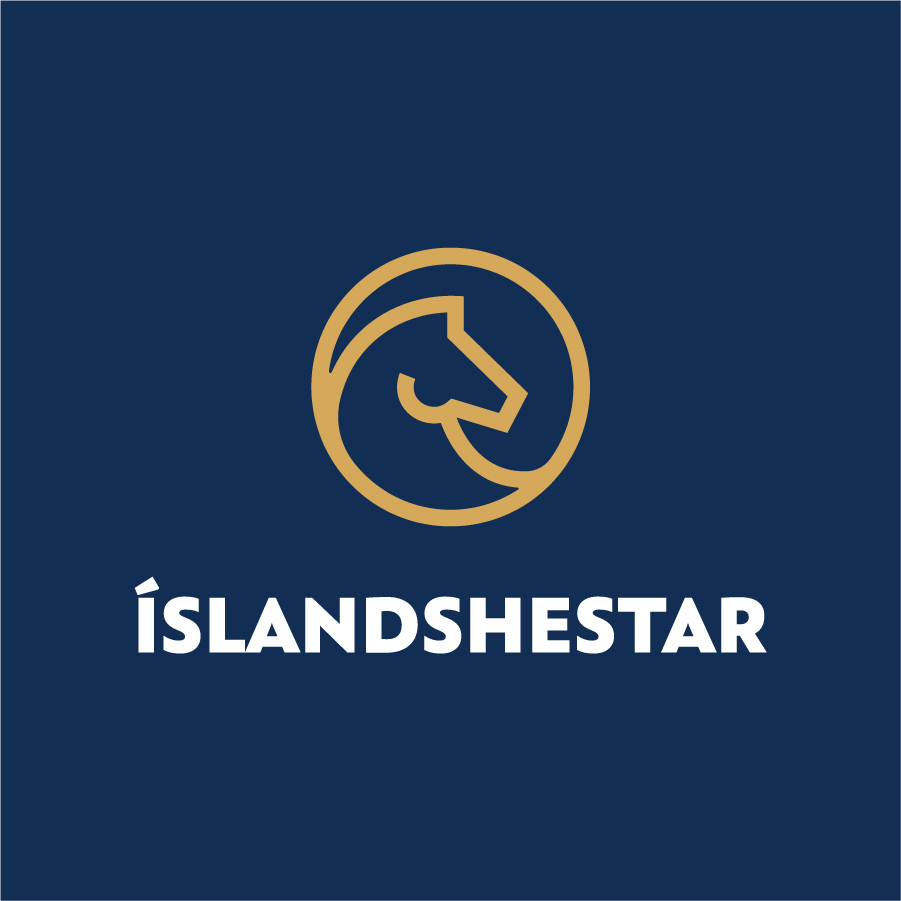
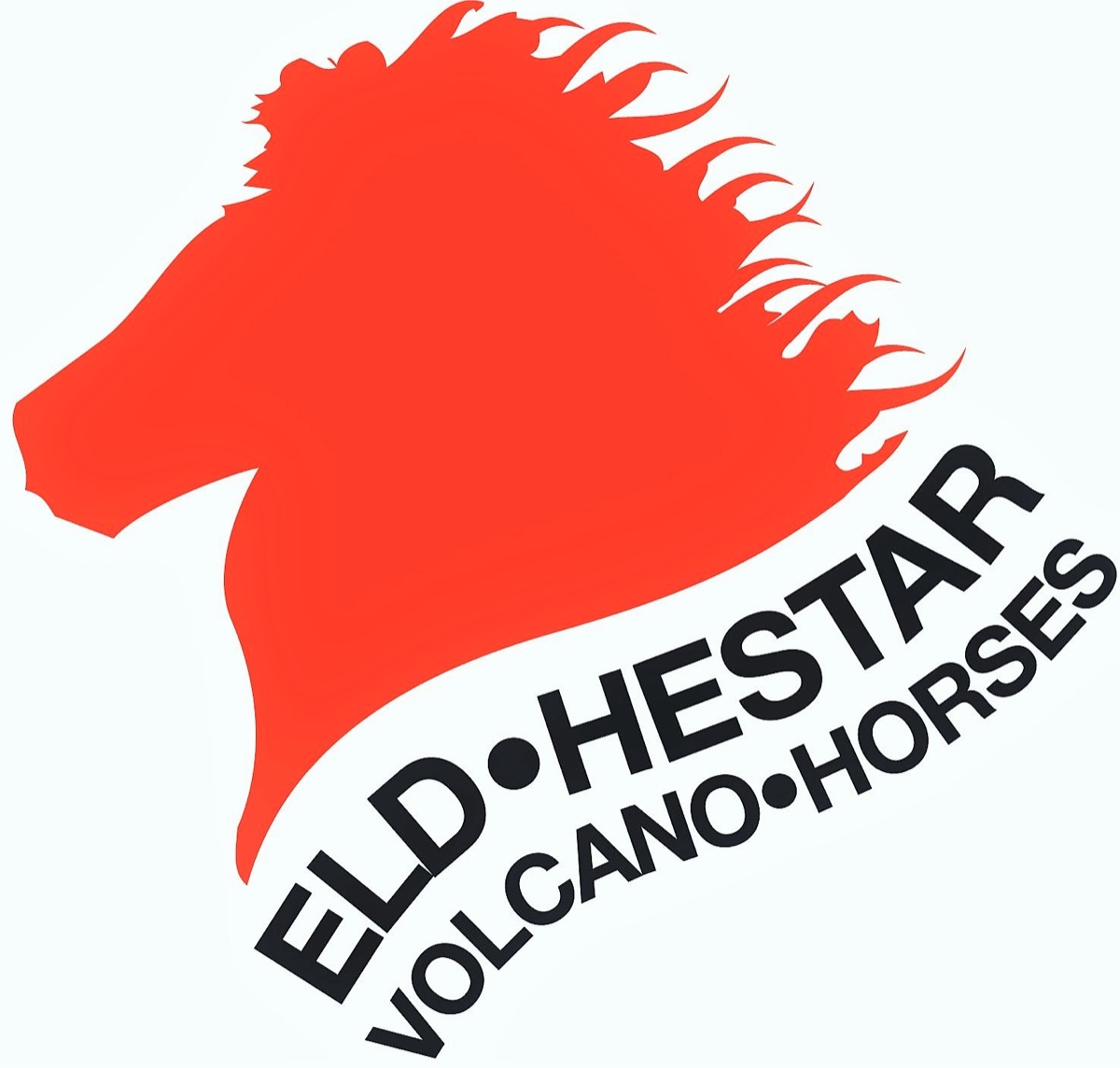
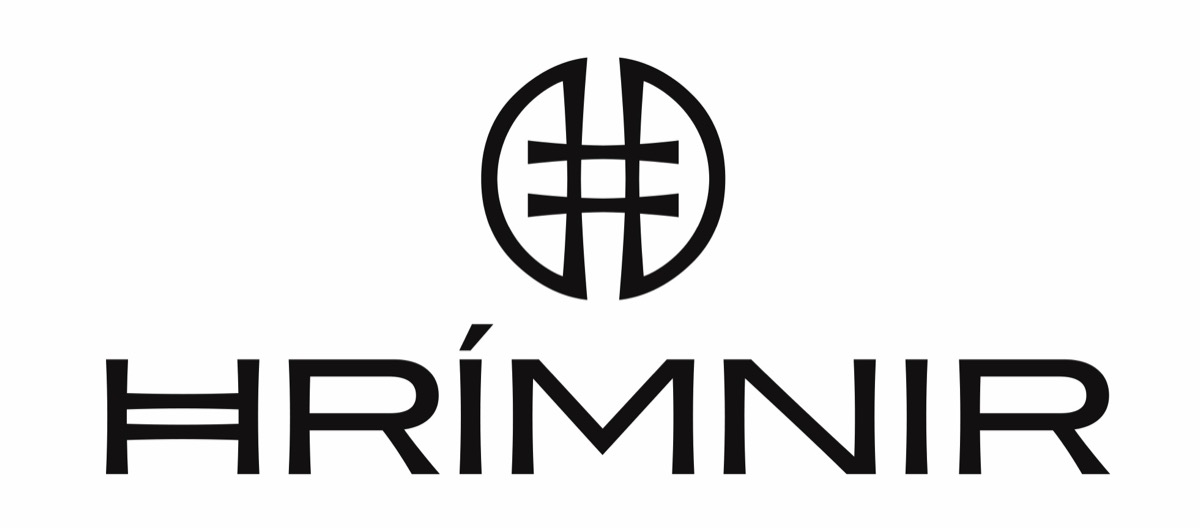

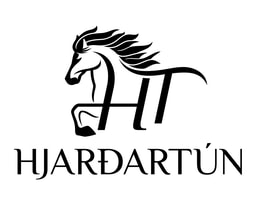
-1.jpg)
